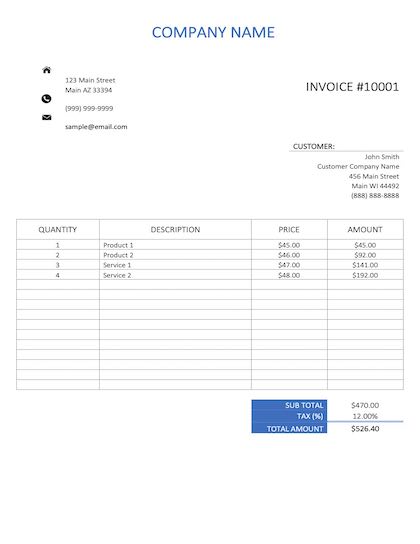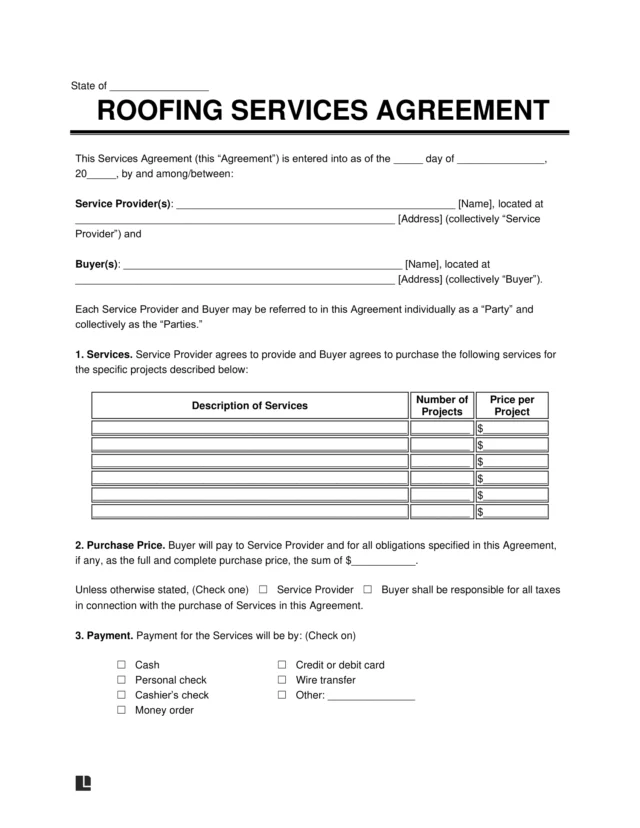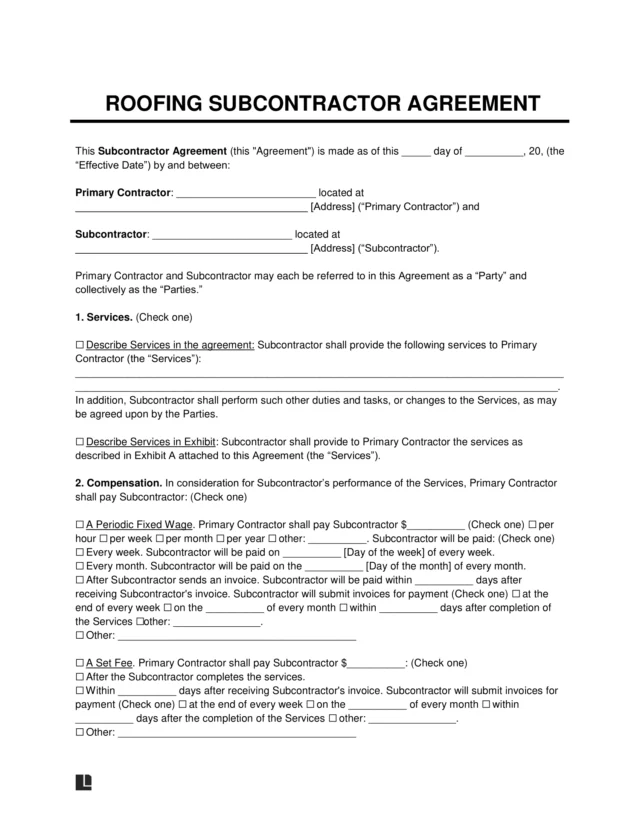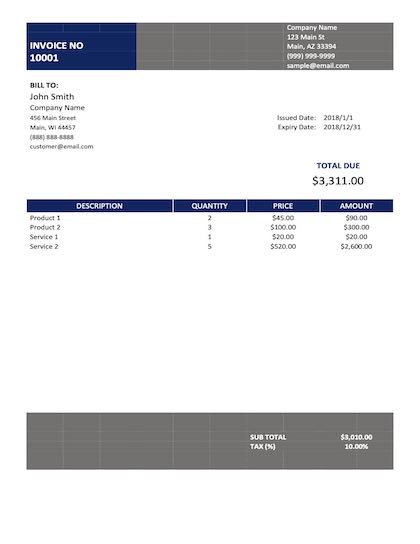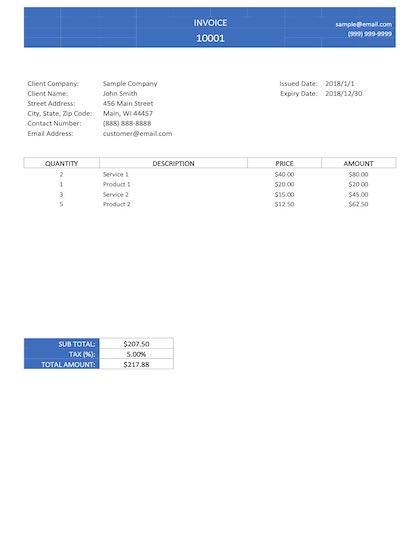What Is a Roofing Invoice?
A Roofing Invoice is a document companies use to bill clients for roof services, including labor and materials. The invoice records services rendered, all associated costs, company and client information, and the payment due date.
The invoice helps roof installers get paid faster and handle customer disputes. It makes the payment amount and terms clear so customers are held accountable for paying the correct amount on time.
Why Use
- Ensure you’re paid for all project materials and labor costs.
- Improve cash flow and profits with an expedited payment process.
- Have clear records of expenses and profits for easier projecting and tax filing.
What To Include
When writing a roofing invoice, you should include:
- Company and Customer Information: Include your company’s and customer’s names and contact information.
- Invoice Number: Choose a unique invoice number.
- Invoice Date and Due Date: Record the date you presented the invoice and the due date.
- Descriptions of Costs: Itemize expenses, including roof material and labor costs.
- Subtotal, Tax, and Total: Add all costs and taxes and list the total.
- Terms and Conditions: Describe the payment methods and any penalties for paying late.
How To Create a Roofing Invoice
Learn how to create a roofing invoice in five easy steps to get paid promptly and correctly for roof removal and installation projects.
Step 1 – Plan Payment Methods and Policies
Offering various payment methods allows customers flexibility and expedites getting paid. You can charge customers by:
- Collecting their credit or debit card information
- Using a merchant services provider for online payments
- Asking customers to write a check
- Collecting information for bank wire payments
Plan the methods you want to offer and set up processes that allow customers to pay easily. Choose whether to offer financing or payment plans and options and set any late payment penalties.
Step 2 – Create a Structure for Invoices
Write or download an invoice template to collect all necessary information easily for each project. This is especially helpful if multiple different contractors will be completing invoices for other jobs.
Step 3 – Collect Customer Information
The vital customer information you’ll need on the invoice includes:
- First and last name
- Address
- At least one form of contact, such as phone number or email
Step 4 – Calculate All Costs
This should already have been agreed upon and outlined in your roofing contract or subcontractor agreement, but record all physical expenses, such as roofing materials and equipment, in your invoice. Price your service fees correctly to pay your workers, make a profit, and remain competitive with roofing contractors or companies near you. Add the expenses and taxes to get a final total.
Step 5 – Present the Invoice
Handing an invoice to a customer in person helps to ensure receipt, fix problems immediately, and receive payment faster. If you’re sending invoices via mail or email, follow up separately to remind customers you’re there to answer questions.
Sample Roofing Invoice
Below, you can download a roofing invoice template in Excel or Word format:
